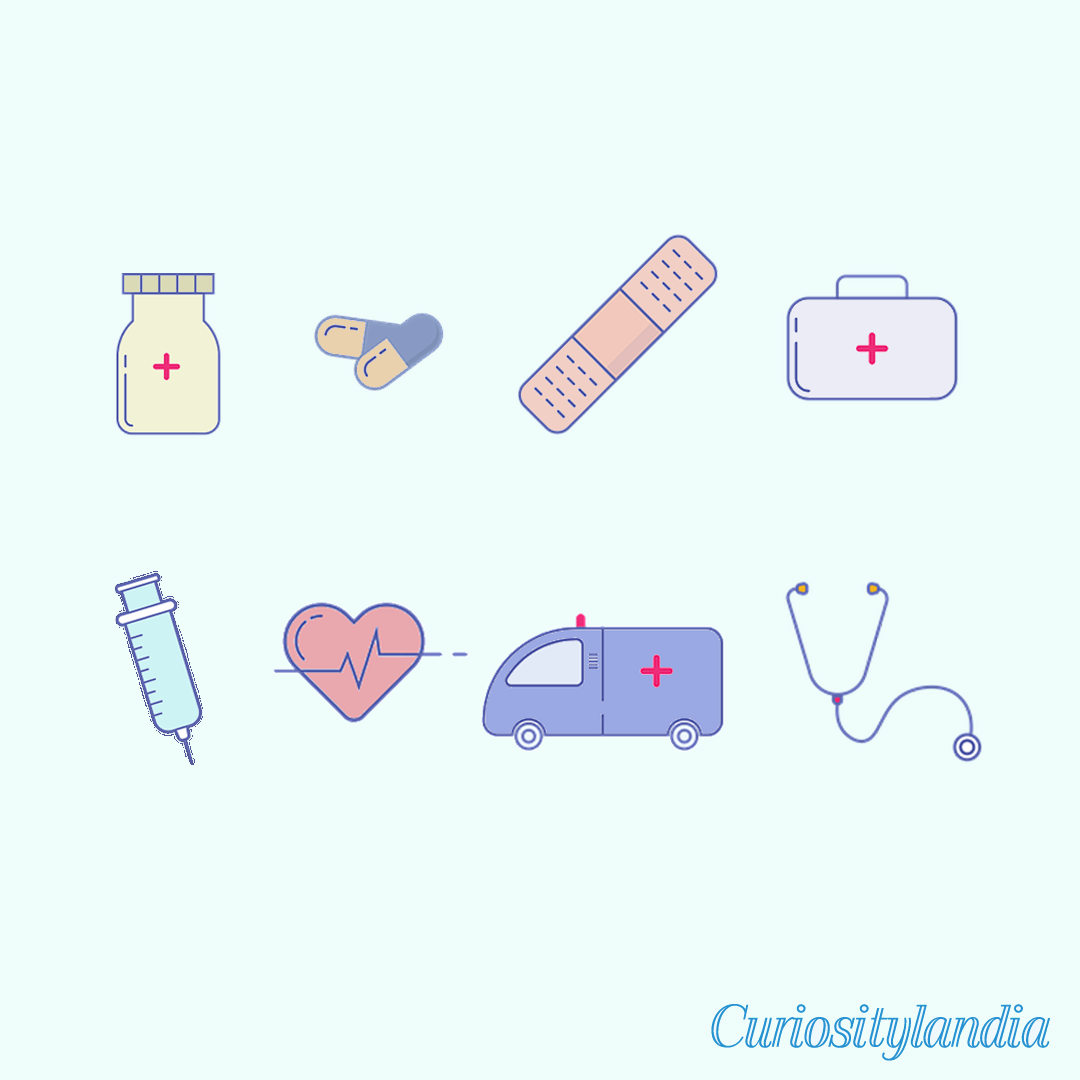What to Do in Case of an Injury
Published Date: 01/18/2022

Kids tend to get injured fairly often, from getting scratched during recess to muscle sprains while playing team sports. Children are more vulnerable to injuries for multiple reasons. They are more likely to fall and get hurt while still developing motor control, coordination, and balance. Kids are also more apt to attempt risky physical maneuvers since they are not fully aware of their physical limitations. If a child is injured, parents should try to stay calm and keep their child as relaxed and comfortable as possible. Some injuries can usually be managed at home, such as nose bleeds, ankle sprains, and muscle strains. However, if a child fractures a bone or is seriously injured, they may need emergency medical care.
Some of the most prevalent injuries that occur in children include:
Cuts and Scrapes
Most minor cuts and scrapes can be treated at home. Make sure to wash your hands before treating a cut or scrape to avoid infecting the wound. Elevate the wound and use a bandage or cloth to apply pressure until the bleeding stops. Next, hold the cut under running water to clean it. Wash the skin around the wound with soap without getting soap in the wound. Use clean tweezers to remove dirt or debris from the wound. Apply antibiotic ointment or petroleum jelly and cover the cut with a bandage or gauze. Change the bandage at least once a day and again if it becomes wet or dirty. Minor cuts or scrapes can remain uncovered. If the wound is deep or you are unable to remove debris, have a doctor examine it. Make an appointment with a doctor if pain increases or the cut becomes infected. A tetanus shot may also be necessary if the child has not had one within five years.
Nose Bleeds
Nosebleeds are common in children and are not usually a serious medical problem. A bleeding nose may be caused by an injury to a blood vessel in the nose. Bloody noses also happen more frequently in cold climates when indoor heaters cause the air to become dry. If your child’s nose is bleeding, there are a few simple actions you can take. Make sure they are sitting upright while leaning slightly forward, and do not allow them to lie down. Use a tissue and gently pinch the nose beneath the bony ridge to close the nostrils. Tell your child to breathe through their mouth while you hold the position for about 5-10 minutes. Keep pinching the nose continuously for at least 5 minutes to stop the bleeding. Do not put tissues, cotton, or anything in the nose. Next, apply a cold compress to the bridge of the nose. If the bleeding has not stopped, try repeating the steps. Take your child to a doctor if the bleeding continues after multiple attempts to stop it. After a nosebleed, kids should refrain from vigorous activity for at least an hour. Tell them to avoid blowing their nose for a few days. They should also be reminded not to rub or pick their nose.
Sprains and strains
Sprains and strains are different types of muscle injuries, yet the recommended home treatments are the same. As soon as possible after the injury, apply ice for at least 20 minutes and continue to ice the injured muscle 4-8 times a day. Keep the affected muscle elevated to improve blood flow to the area. It is vital to rest the affected muscle until the pain has lessened. Rest may be required for days or weeks, depending on the severity of the injury. Over-the-counter pain relievers can provide relief from inflammation and pain. Although sprains and strains can usually be treated at home, seeing a doctor is advised if you are unsure about the severity. It is also important to see a doctor if the injury worsens or fails to improve with time. Doctors often advise patients to compress the injury with a bandage, cast, boot, or splint. A sling, brace, or crutches may also be prescribed by a doctor. In addition, stretching exercises and physical therapy are helpful in the recovery from severe muscle sprains and strains.
Fractures
Bone fractures are serious injuries that require immediate medical attention. Fractures are painful, and your child may not be able to move the affected limb. The fractured area may be swollen and tender, red, or have an unusual shape or visible deformity. Call 911 immediately if the injury seems severe or if the back, neck, or head is affected. Do not move your child and keep the injured limb in the same position. Remove clothing from the injured area and apply an ice pack with a towel or cloth. Put a splint on the fractured bone to hold it still. Do not feed or give your child a drink while waiting for medical care in case surgery is needed.
